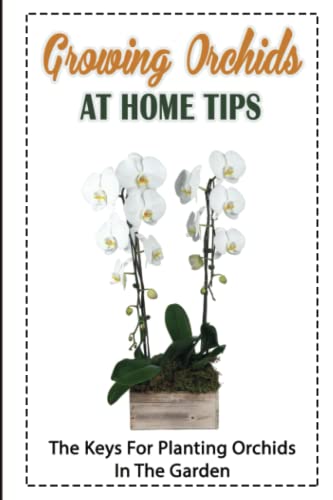This is the first bloom of my plant from an Orchids Limited cross. The horizontal dimension of the flower is about 13.0 cm.

Cattleya trianae ‘Hernando Garcia’ is a sangre de toro-type, which usually translates as “blood of the bull,” indicating its darker rubra color than the typical trianae. Experts also expect size and shape differences in a sangre de toro trianae. The following Slippertalk chain describes these differences and has several excellent pictures of ‘Hernando Garcia.’
https://www.slippertalk.com/threads/cattleya-trianae-and-the-term-sangre-de-toro.54315/
Cattleya trianae ‘Cashen’s’ is a well-known, large, maybe tetraploid trianae cultivar that received an FCC/AOS in 2005. For reference, here is the image accompanying the AOS award in 2005.

The hope with this cross was probably for flowers with ‘Hernando Garcia’ coloration and ‘Cashen’s’ shape and size. However, desirable orchid traits are often the result of multiple genes or a fortunate pairing of recessive genes. In these cases, the trait is difficult or impossible to pass to offspring. Self-crossings of these plants may not replicate unique features.
Unsurprisingly, my plant did not receive either the sangre de toro coloration of ‘Hernando Garcia’ or 'Cashen's' flower size and shape. The shuffling of the genes moved most things into the middle. A larger, more mature plant might modestly increase the flower size and reduce the “windows” between the petals and the sepals. Still, I think this will always be a “tipo” trianae with some pincelada of the petals.
I think some experienced breeders know whether the sangre de toro coloration of “Hernando Garcia” or the size/shape of ‘Cashen’s’ transmit to offspring frequently, seldom, or never. I don’t think the most essential information about breeding traits is publicly available. Our naïve ideas about a cross between two lovely plants will often be wrong, and many crosses may not be worth the time and effort.

Cattleya trianae ‘Hernando Garcia’ is a sangre de toro-type, which usually translates as “blood of the bull,” indicating its darker rubra color than the typical trianae. Experts also expect size and shape differences in a sangre de toro trianae. The following Slippertalk chain describes these differences and has several excellent pictures of ‘Hernando Garcia.’
https://www.slippertalk.com/threads/cattleya-trianae-and-the-term-sangre-de-toro.54315/
Cattleya trianae ‘Cashen’s’ is a well-known, large, maybe tetraploid trianae cultivar that received an FCC/AOS in 2005. For reference, here is the image accompanying the AOS award in 2005.

The hope with this cross was probably for flowers with ‘Hernando Garcia’ coloration and ‘Cashen’s’ shape and size. However, desirable orchid traits are often the result of multiple genes or a fortunate pairing of recessive genes. In these cases, the trait is difficult or impossible to pass to offspring. Self-crossings of these plants may not replicate unique features.
Unsurprisingly, my plant did not receive either the sangre de toro coloration of ‘Hernando Garcia’ or 'Cashen's' flower size and shape. The shuffling of the genes moved most things into the middle. A larger, more mature plant might modestly increase the flower size and reduce the “windows” between the petals and the sepals. Still, I think this will always be a “tipo” trianae with some pincelada of the petals.
I think some experienced breeders know whether the sangre de toro coloration of “Hernando Garcia” or the size/shape of ‘Cashen’s’ transmit to offspring frequently, seldom, or never. I don’t think the most essential information about breeding traits is publicly available. Our naïve ideas about a cross between two lovely plants will often be wrong, and many crosses may not be worth the time and effort.








































